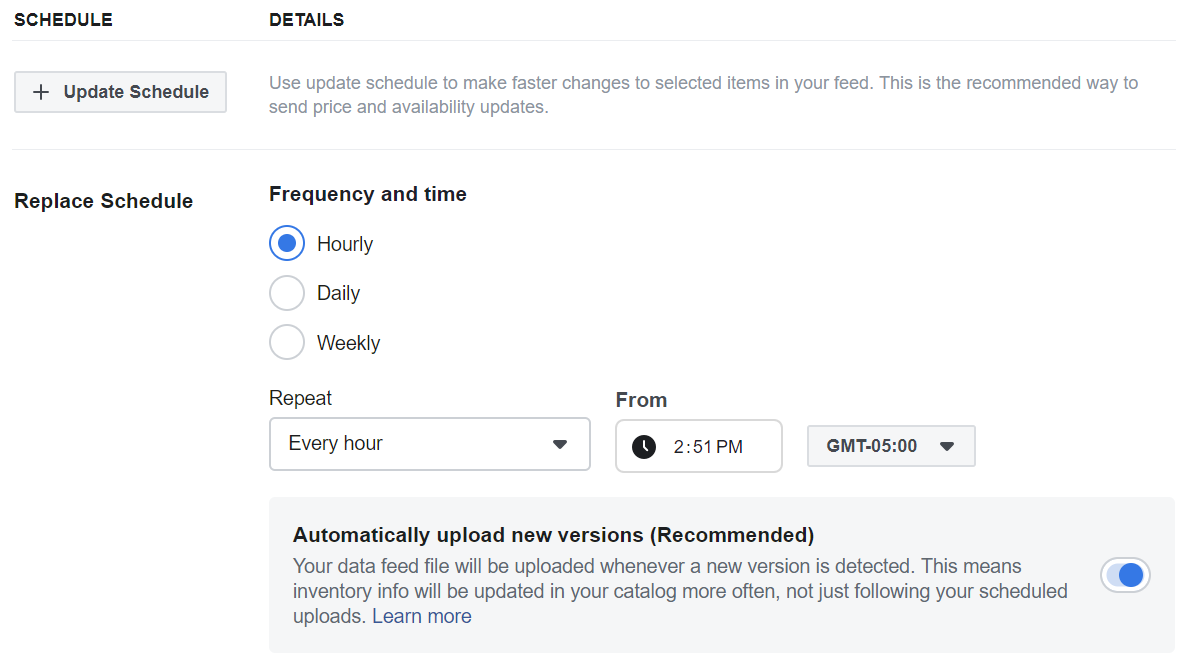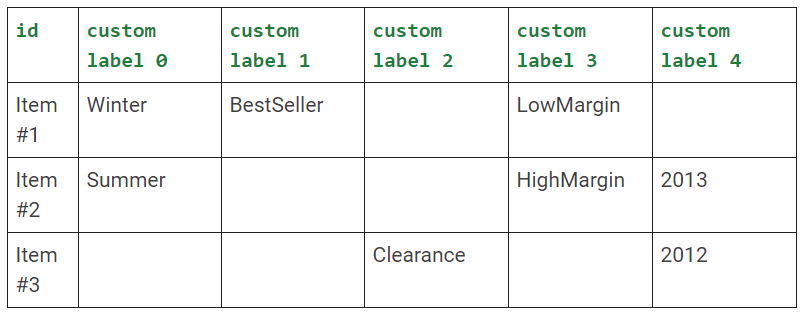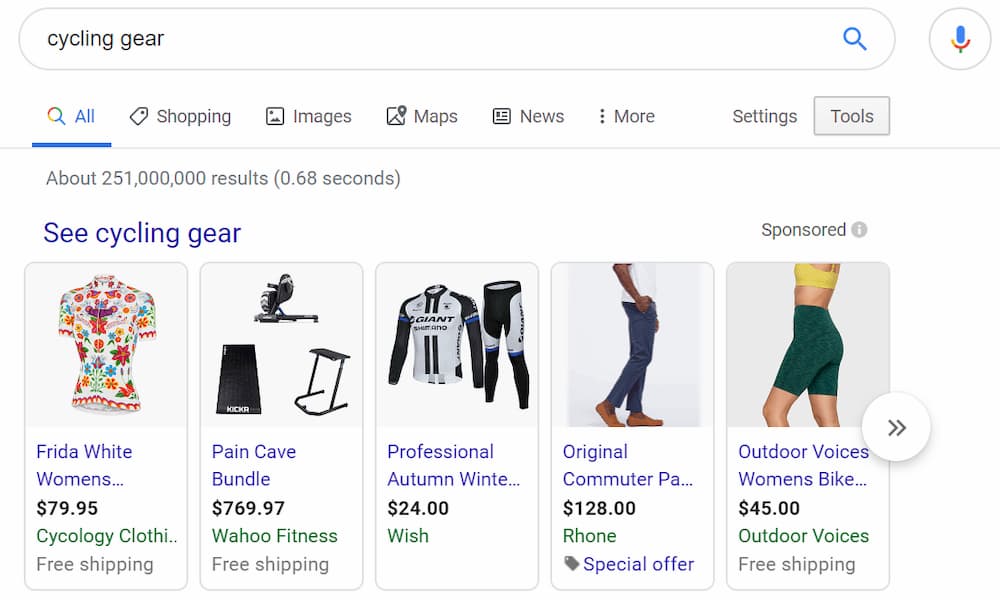
The busiest time of year is upon us. For brands and marketers alike, Q4 is both exciting and hectic. Looking to make your holidays a bit less stressful?
Read on for three last-minute product feed tips and optimizations that are sure to make this holiday season the most wonderful time of the year.
1) Push dynamic product ads and double-check your feed refresh
Let’s face it. Facebook knows us pretty well. Most of us have probably made a purchase, or at least clicked on a dynamic product ad.
Facebook’s dynamic product ads (DPAs) show users items that they’ve viewed on your site, as well as similar products that they might be interested in. To maximize Q4 success, it’s crucial that e-commerce websites take advantage of this highly relevant and highly converting ad type.
While you’re in the FB interface, it’s also worth checking your catalog refresh schedule. During the holidays, it’s more likely that products will go out-of-stock or that prices will change, so it’s important that your feed is refreshing as often as possible.
To update your refresh schedule, go to Catalog Manager (this can be accessed through Ads Manager), then select your feed and click on Product Data Sources. From here, click on your data source and select Settings. You can then choose a schedule that makes sense for your business.

2) Use custom labels to prioritize top performers on Google Shopping
Knowing what your top products are and prioritizing them is key to Q4 success. In order to do this, pull a report detailing product performance and identify high revenue, high return on ad spend (ROAS) products. Then, manually, or with the help of Feedonomics, add a custom label to these items within the feed. You can also add custom labels for high margin, seasonal products, and other important attributes.

During peak days, like Black Friday and Cyber Monday, you’ll want to make sure you’ve dedicated ample budget to your top-performing products, allowing you to maximize impression share. For this reason, segmenting these out into a separate Shopping campaign is ideal. This will also allow for maximum control over other campaign settings, like device bid adjustments and, in the case of Standard Shopping, priority settings.
3) Test Merchant Promotions in Google Merchant Center
Merchant Promotions is a free feature that gives e-commerce websites the opportunity to advertise their online promotions through Google Shopping ads. When you add promotions to products that you sell, potential customers see a “special offer” link (like in most of the products below). This promo link can set you apart from competitors and encourage shoppers to buy.

Merchant Promotions are likely to increase click-through rates, as well as conversion rates. These promos are also eligible to show across both desktop and mobile devices.
Though they require some initial setup, Merchant Promotions are fairly easy to create once you have an active feed. Google accepts the following promotions:
- Discounts (e.g. percent off, BOGO deals)
- Free gifts (e.g. free item or gift card)
- Shipping (e.g. free or discounted shipping)
Q4 can be stressful, but it doesn’t have to be. Tackle these feed optimizations now to set yourself up for success.

Quinn Dolan is a Senior Manager of Search & Social Advertising at Perfect Search Media. He’s an expert in digital platforms like Google Ads, Google Shopping, the Google Display Network, and Facebook Ads Manager and he specializes in advertising for eCommerce and education clients.



